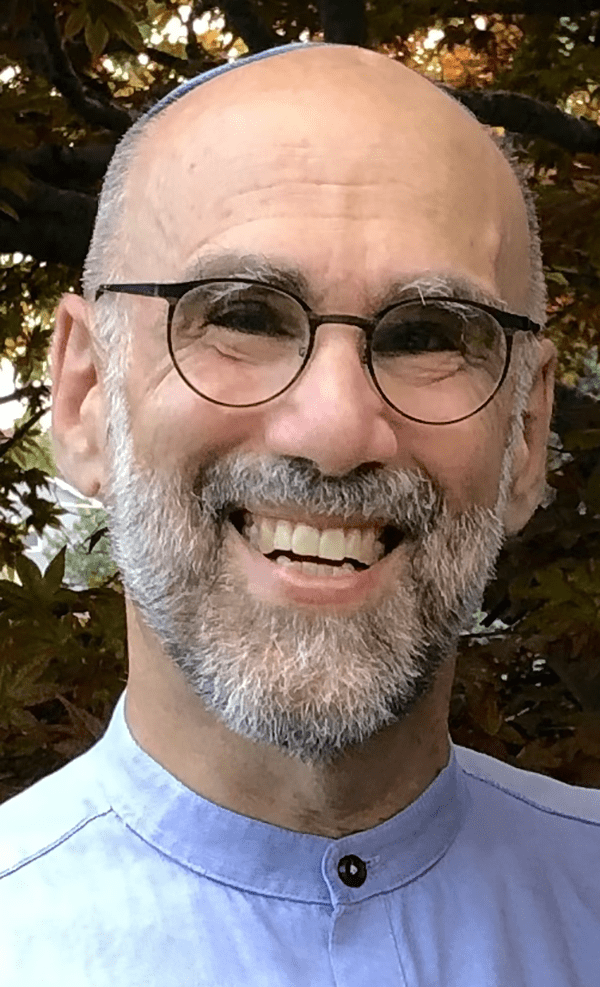Parshat Lech-Lecha 5785
We make assumptions about others based on what we see: what they wear, what they drive, their work, past-times… And we project upon the other who passes our superficial entrance exam what we want them to be — i.e., more like us!
Breath (Yizkor KN5785)
My recent posts...
Can You Hear Me (KN 5785)
My recent posts...
Yom Kippur Singing
My recent posts...Over the decades, I have composed melodies for some of the texts we use in our prayer services. (I've written English interpretations of the texts for a few of them.) Some of them are posted here so we can sing them together at Shirat Hayam and, even...
Siddur Sessions: Introductory Meeting
For participants’ perusal, on the table were a dozen or so siddurim, ranging across time and place from 1706 Amsterdam to late 20th-century Italy to the newest siddur published by the American Reform movement.
We reviewed a list of reasons for praying that included expressing innermost feelings, looking for relationship with God, universal Jewish language/connection, enhances everyday or special experiences. Discussion and questions led to visiting some ancient prayers that spoke to personal issues. (This week, we’ll begin with some reasons for not praying!)
Rabbi Ed Feld spearheaded the most recent Conservative effort, Siddur Lev Shalem (“whole heart”). In the introduction, he identifies “eight common and significant motifs” found in the siddur — in any comprehensive prayer book, not only that of the Conservative movement: God as Creator; Our [People’s] Ancestry; Exodus from Egypt; Torah; Chosenness; Exile; Redemption; God as Sovereign.
In various ways, Feld writes, these themes can lead to “feeling connected” to a community, to the world, to the Divine, and to an enhanced sense of self. “The prayers of the siddur … [can] transport us through centuries past … [and] connect us to future generations.” Feld indicates that we cannot merely open a siddur and expect a spiritual experience; we must “infuse [the prayers] with personal meaning.”
Spending time with a siddur, during services or separate from them, in community or alone, we may come to understand more of what prayer can do for us (and what we can do with prayer), and, Feld adds, “make the moment of prayer our own, a source of spiritual nourishment.”
In session 2 (Thursday February 8, 7pm, in-person and Zoom), we will look at the opening sections of daily and Shabbat/festival services, parts that most people miss. Some beautiful personal and meaningful prayers highlight these sections. Some good melodies, too!
Shabbat shalom ! שבת שלום


